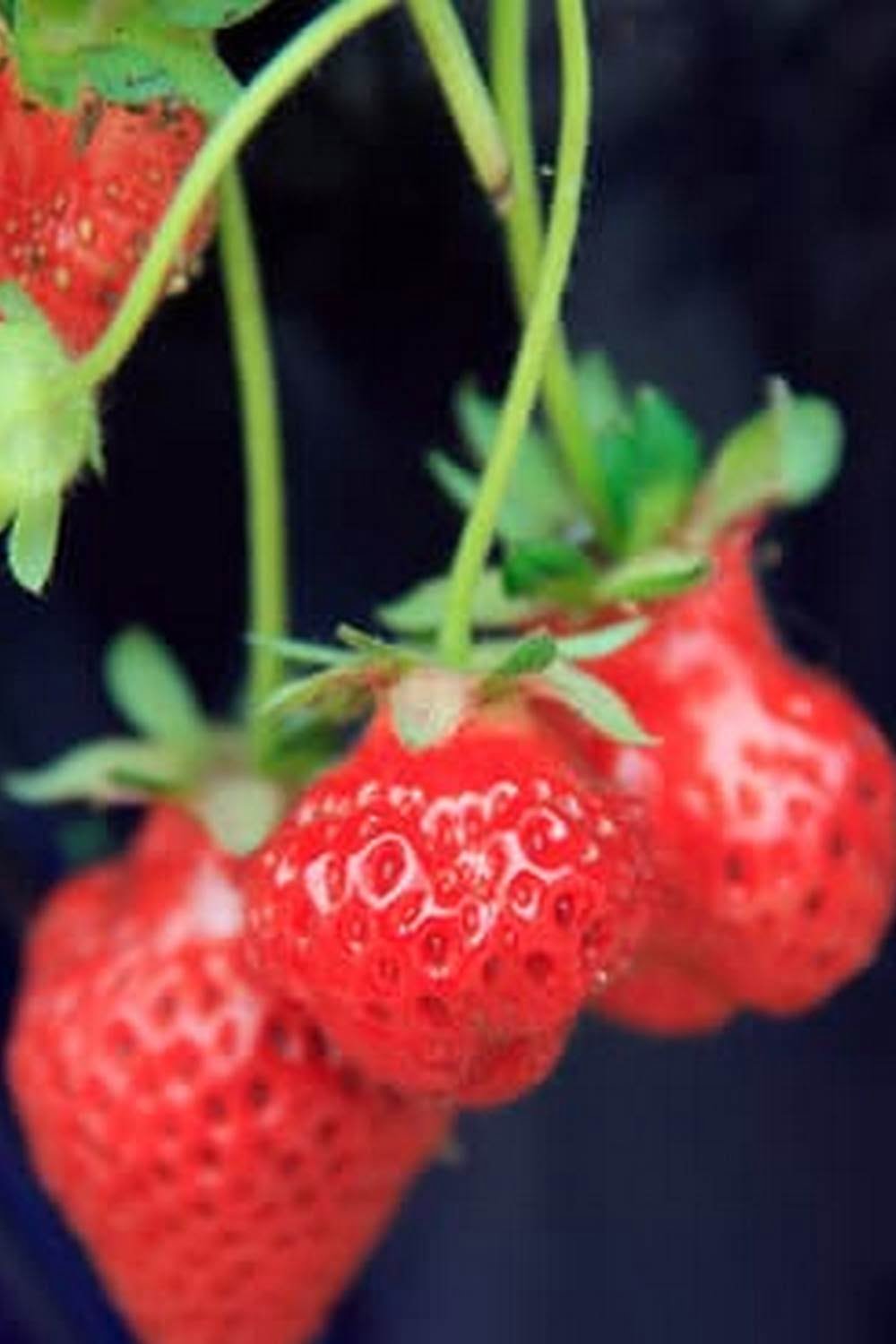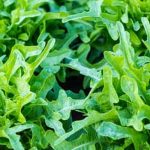Soil Prep For Vegetable Garden
When preparing soil for a vegetable garden, you’ll want to start with a soil test to determine the pH and nutrient levels of your soil. The pH of your soil will determine which vegetables you can grow and how well they will grow. Most vegetables prefer a soil pH of 6.0 to 7.5. The nutrient levels in your soil will also determine which fertilizers you will need to add to your soil in order to produce healthy vegetables.
Once you know the pH and nutrient levels of your soil, you can begin to prepare your soil for planting. If your soil is too acidic or too alkaline, you can add lime or sulfur to adjust the pH. If your soil is low in nutrients, you can add compost, manure, or other organic matter to increase the nutrient levels.
To prepare your soil for planting, mix in a few inches of organic matter, then till or spade the soil to a depth of 8-12 inches. Rake the soil smooth, then plant your vegetables.
Best Soil For Vegetable Garden In Containers
A vegetable garden in a container is the perfect way to get started with gardening if you don’t have a lot of space. You can choose from a variety of containers, including pots, window boxes, and raised beds. The key to success is to use the right soil mix.
Most vegetable plants need well-drained soil that is rich in organic matter. A soil mix that is specifically designed for containers is a good option. You can buy a commercial mix or make your own.
To make your own container mix, combine equal parts potting soil, compost, and perlite or vermiculite. If your soil is heavy or clay-like, add some sand to lighten it up. Stir in a cup of organic fertilizer such as fish emulsion or kelp meal to give your plants a boost.
Be sure to water your plants regularly, especially during hot weather. Containers can dry out quickly, so check them daily and water as needed.
Here are a few vegetables that do well in containers:
Tomatoes
Peppers
eggplant
bush beans
zucchini
With a little bit of care, you can enjoy a bountiful harvest of fresh vegetables from your own container vegetable garden.
Using Potting Soil In Vegetable Garden
Potting soil is a soil-less mixture that is used to fill containers such as flower pots and vegetable planters. It is light and loose, which allows for good drainage and air circulation. Potting soil is also nutrient-rich, so it is perfect for growing vegetables.
When selecting a potting soil, it is important to choose one that is specifically designed for vegetables. Most potting soils are made with a combination of peat moss, vermiculite, and perlite. Some potting soils also include compost or manure, which helps to enrich the soil and provide nutrients for the plants.
It is important to keep the soil in your vegetable garden well-drained. If the soil is too wet, the roots will rot and the plants will die. Good drainage can be achieved by using a potting soil that is light and fluffy, and by adding sand or gravel to the soil mix.
If you are using a container that does not have a drainage hole, you can add a layer of gravel or stones to the bottom of the pot to help with drainage. Be sure to water the plants regularly, especially if you are using a container without drainage.
The best way to water your vegetable garden is to use a soaker hose. This will help to prevent the water from washing away the soil and nutrients. Be sure to water the plants thoroughly, but do not overwater them.
The soil in a vegetable garden should be amended annually with compost or manure. This will help to replenish the nutrients that are used up by the plants.
A vegetable garden can be a great way to get your family involved in gardening and healthy eating. Not only are you providing your family with fresh, healthy vegetables, but you are also teaching them about gardening and the importance of healthy eating.
Preparing Garden Soil For Planting Vegetables
If you are like me, you probably enjoy spending time in your garden. There is nothing quite like the satisfaction you feel when you are able to harvest your own vegetables. However, before you can start planting vegetables, you need to make sure that your garden soil is ready for them.
There are a few things you need to take into consideration when preparing garden soil for planting vegetables. The first is the pH level of the soil. Most vegetables prefer a soil pH of 6.5 to 7.0, so you may need to adjust the pH level accordingly. The second is the amount of organic matter in the soil. Vegetables need a good amount of organic matter in order to grow properly. You can improve the organic matter content of your soil by adding compost or manure.
Once you have taken these things into consideration, it is time to start preparing your garden soil for planting vegetables. The first step is to loosen the soil up. You can do this by using a shovel or a tiller. Once the soil is loosened, you can start adding compost or manure. Be sure to mix the compost or manure in well with the soil.
The next step is to test the pH level of the soil. You can do this by using a soil pH test kit. If the pH level is not where it needs to be, you can add lime or sulfur to the soil to adjust it.
The last step is to add some organic matter to the soil. You can do this by adding compost or manure. Be sure to mix the compost or manure in well with the soil.
Once you have completed these steps, your garden soil will be ready for planting vegetables.
Raised Vegetable Garden Beds Soil Mix
There are a lot of reasons to start a raised vegetable garden bed. Maybe you don’t have enough space in your yard for a traditional garden, or the soil is too sandy or full of rocks. Or, maybe you just want to make gardening a little bit easier on your back. A raised vegetable garden bed is a great option for any of these reasons – and many more.
But, before you start building your raised vegetable garden bed, you need to decide on the right soil mix. The right mix will ensure that your plants have the right amount of nutrients and moisture, and that they stay healthy and productive all season long.
There are a lot of different soil mixes you can use for your raised vegetable garden bed, but here is one that has worked well for us.
Ingredients:
1 part compost
1 part peat moss
1 part perlite
1 part vermiculite
Instructions:
1. mix all of the ingredients together in a large container
2. wet the mix until it is damp but not wet
3. fill your raised vegetable garden bed with the mix, and pack it down firmly
4. water the bed well, and then wait a few weeks for the soil to settle
After your raised vegetable garden bed is filled with soil, you can start planting your vegetables. Be sure to check the soil moisture regularly, and water as needed.

If you’re looking to get into vegetable gardening, or are just looking for some tips on how to make your current garden better, then you’ve come to the right place! My name is Ethel and I have been gardening for years. In this blog, I’m going to share with you some of my best tips on how to create a successful vegetable garden.





